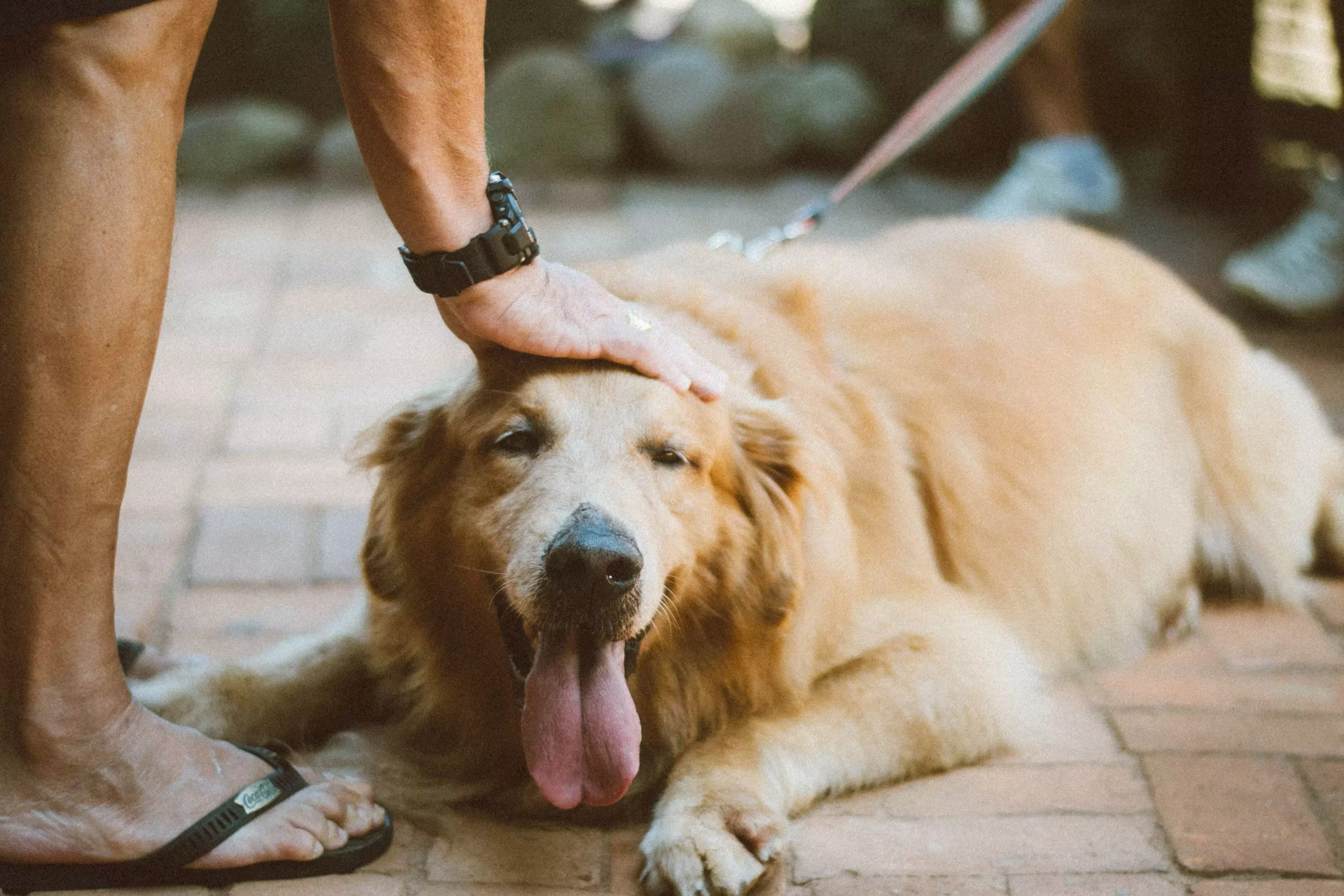Header 1: Understanding Target Agility Training
Target agility training is a popular form of dog training that focuses on teaching dogs to navigate through various obstacles, such as jumps, tunnels, ramps, and weave poles. This comprehensive guide aims to explore the benefits of target agility training for dogs, highlighting its positive impact on their physical and mental well-being. Whether you’re a dog owner looking to engage your furry friend in a fun and challenging activity or a professional dog trainer seeking to enhance your training repertoire, this article will provide you with valuable insights and practical tips.
Header 2: Improved Physical Fitness
Target agility training offers numerous benefits when it comes to improving a dog’s physical fitness. By engaging in this form of training, dogs are encouraged to run, jump, climb, and weave through obstacles, which helps to increase their overall stamina, strength, and agility. Regular agility training sessions can also help dogs maintain a healthy weight, preventing obesity and related health issues. Additionally, the repetitive nature of agility training exercises can improve a dog’s balance, coordination, and spatial awareness.
Header 2: Mental Stimulation and Focus
In addition to physical benefits, target agility training provides dogs with essential mental stimulation. Dogs are intelligent creatures that thrive on mental challenges, and agility training offers them the opportunity to problem-solve and think critically. As dogs navigate through the obstacles, they must make split-second decisions, follow commands, and adapt to changing environments. This mental engagement helps to keep their minds sharp, reduces boredom, and prevents behavioral issues that may arise from a lack of mental stimulation.
Header 2: Bonding and Relationship Building
Engaging in target agility training with your dog can significantly strengthen your bond and enhance your overall relationship. During training sessions, dogs develop a deep sense of trust and reliance on their owners or handlers. As they learn to follow commands, interpret signals, and work as a team, the bond between dog and owner strengthens. The training process also provides an opportunity for positive reinforcement and reward-based interactions, which further enhances the relationship.
Header 2: Stress Relief and Confidence Boost
Target agility training acts as an effective stress reliever for dogs. The physical activity, mental engagement, and positive reinforcement involved in agility training release endorphins, promoting a sense of well-being and relaxation. Dogs that participate in agility training often exhibit reduced levels of anxiety and stress in their daily lives. Additionally, successfully completing agility courses boosts a dog’s confidence and self-esteem, making them more resilient and better equipped to handle challenging situations.
FAQs: Frequently Asked Questions
Q1: Can any dog participate in target agility training?
A1: Target agility training is suitable for most dogs, regardless of their breed or size. However, it’s important to consider any pre-existing health conditions that may limit a dog’s ability to engage in strenuous physical activities. Consulting with a veterinarian is advisable before starting agility training, especially for senior dogs or those with joint issues.
Q2: How long does it take to train a dog in target agility?
A2: The duration required to train a dog in target agility depends on various factors, such as the dog’s age, prior training experience, and individual temperament. Generally, it is an ongoing process that requires consistent practice and reinforcement. Basic agility skills can be learned within a few weeks, but advanced training and competition-level skills may take several months to master.
Q3: Can I train my dog in target agility without professional assistance?
A3: While it is possible to train your dog in target agility without professional assistance, working with an experienced agility trainer can greatly accelerate the training process and ensure proper technique and safety. Professional trainers can provide guidance, assess your dog’s progress, and customize training plans based on the individual needs and abilities of your dog.
Q4: Is target agility training suitable for older dogs?
A4: Target agility training can be adapted to suit the needs of older dogs by adjusting the intensity and difficulty level of the obstacles. However, it’s essential to consider any age-related health issues and limitations. Consulting with a veterinarian and seeking guidance from an agility trainer can help ensure that the training is suitable and safe for older dogs.
In conclusion, target agility training offers a wide range of benefits for dogs, including improved physical fitness, mental stimulation, strengthened bonds with owners, stress relief, and increased confidence. By incorporating this fun and challenging activity into your dog’s routine, you can enhance their overall well-being and provide them with a fulfilling and rewarding experience. Remember to start slowly, seek professional assistance if needed, and always prioritize your dog’s safety and enjoyment during training sessions.









